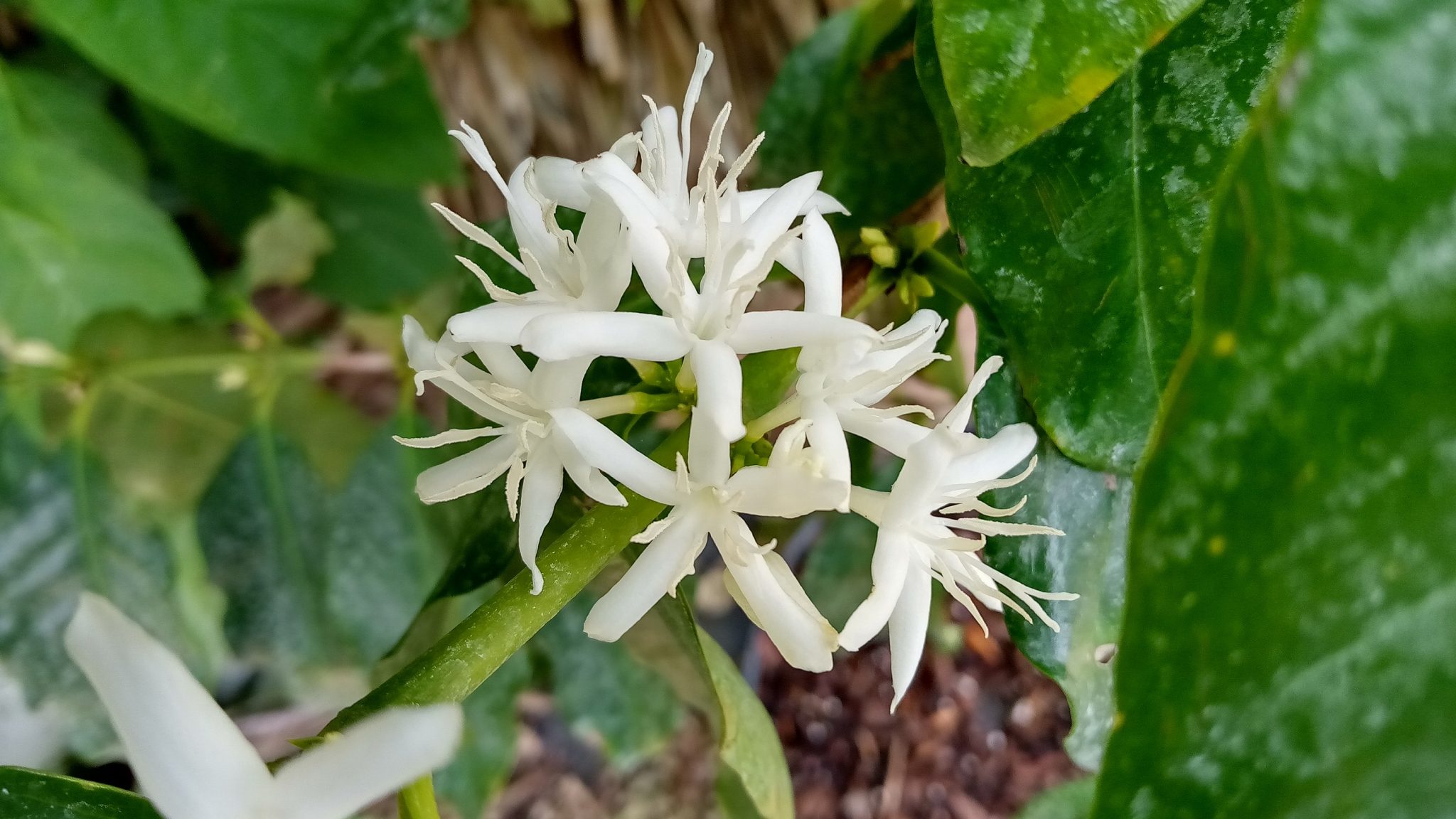Ready for Mangos?, Part I
Okay, we all know that it’s a little too soon to be plucking nice, ripe mangos from your trees, but it is true that early-maturing cultivars have already been in flower for a few weeks and, barring damaging frost as winter rolls along, we might be able to start harvesting the delicious, juicy fruits sometime in May.
It’s not too soon, however, to plant mango trees in your yard to promote good root systems and enhance chances of flowering as early as next year. Richard Lyons’ Nursery has a nice selection of mango cultivars – some three dozen – that can enable you to stretch fruit production throughout the season. But before getting into specifics about the cultivars we offer, it’s good to take a brief look into the background of this wonderful food. The Indian Mango, Mangifera indica, belongs to an interesting family, the Anacardiaceae, which includes cashews, pistachios, and poison ivy. Over the past 4,000 years, the mango has spread from its Asian origins to cultivation in tropical, and even subtropical, locales around the world; it now occupies a position among the most popular fruits on the planet. Its first recorded introduction into Florida was at Cape Sable in 1833. And while that’s a late appearance along the timeline of the mango’s expansion into cultivation, it was still a dozen years before Florida was admitted to the union.
The Institute of Food and Agricultural Sciences (IFAS) estimates that about 2,000 acres, comprising 200,000 trees, are involved in the commercial production of mangos in Florida. While the state’s output is dwarfed by that of India, China, Thailand, and at least 13 other countries, Florida’s groves – and even back yards – have been responsible for the development of important cultivars which have improved taste and reduced the presence of annoying stringy fibers in the fruit. Cultivars developed in Florida have often emphasized skin coloration – reds, oranges and yellows – not because of any connection to taste and nutrition, but simply to improve marketability by mimicking the appearance of peaches on grocery shelves. Another goal of mango breeding in Florida has been to stretch out the fruiting season, making mangos of one sort or another available from May through September.
Because many mango cultivars can grow tall, for efficient harvesting they should be kept within the 12-15 ft. range. Pruning should be done as soon as possible after fruiting has finished. In addition to reining in height, the goal of good pruning is to enhance fruit production by opening up the interior of the tree to light and encouraging lateral, rather than upright, growth. For greater detail on pruning mangos, please contact the extension (IFAS) office in your county.
As this series continues, we will present thumbnail descriptions of the mango cultivars offered at Richard Lyons’ Nursery.
